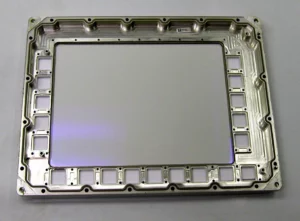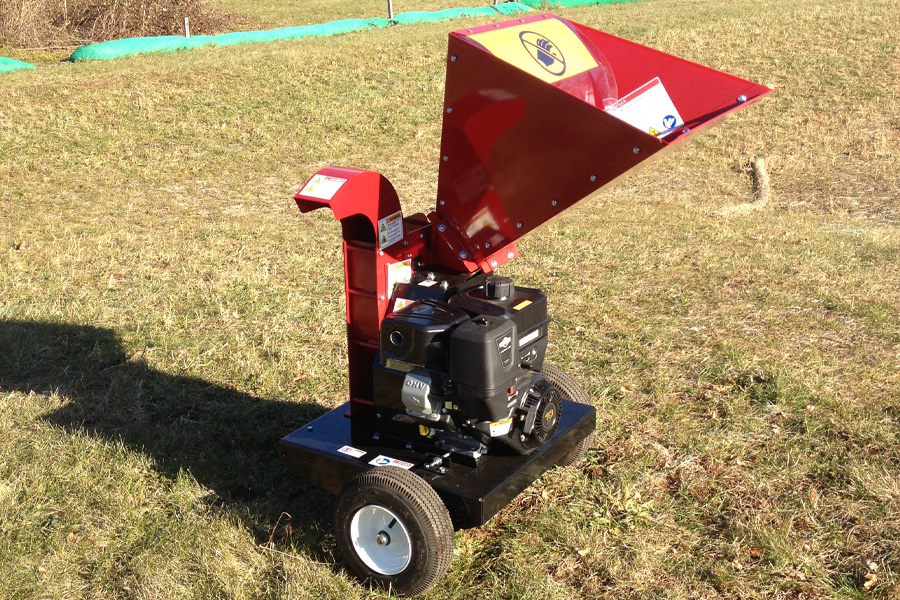Not All Landscapers are Created Equal

Many residential landscaping companies offer a wide range of services to enhance the beauty and functionality of your outdoor spaces. However, it’s important to recognize that not all landscapers offer tree removal services or patio construction for example. The heavy equipment in a landscaper’s arsenal often dictates what services they can provide themselves. Let’s delve into the various tasks typically offered by landscaping companies, with a particular focus on tree removal and what you should look for in a professional tree removal specialist.
Standard Landscaping Services
Most residential landscaping companies provide a variety of services designed to maintain and improve your lawn and garden. These services generally include:
Lawn Care and Maintenance: Regular mowing, fertilization, aeration, and weed control to keep your lawn healthy and green.
Garden Design and Installation: Creating and planting flower beds, shrubs, and other garden features to enhance curb appeal.
Irrigation Systems: Installation and maintenance of sprinkler systems to ensure your plants receive adequate water.
Seasonal Cleanup: Removing leaves, branches, and other debris that accumulate during different seasons.
The Complexity of Tree Removal
Tree removal is a specialized service that not all landscapers offer. This task requires specific expertise, experience, and equipment. The importance of experience in tree removal tasks cannot be overstated. Removing a tree, especially one that is large or near structures, is a complex and potentially dangerous job.
Liability Insurance and Its Importance
Liability insurance is crucial when hiring a tree removal company in Langhorne or elsewhere. This insurance protects you, the customer, from any damage that might occur during the tree removal process. It also covers any injuries that workers might sustain while working on your property.
A vendor liability insurance policy is important to the customer because it provides peace of mind. You know that if something goes wrong, you won’t be financially responsible. However, many landscape contractors in Bucks County and other regions are underinsured when it comes to tree removal. According to industry statistics, a significant percentage of small landscaping businesses do not carry adequate insurance for such high-risk tasks.
Understanding Licensed and Bonded
When a tree removal specialist is licensed, it means they have met the necessary state or local requirements to perform tree removal services. Being bonded means that the company has secured a bond that provides financial protection to the customer in the event that the job is not completed according to the contract.
What to Look for in a Tree Removal Specialist
When seeking out professional landscaping services for tree removal, here are some key factors to consider:
Experience and Expertise: Look for companies with extensive experience in tree removal. Check for certifications or affiliations with professional arborist organizations.
Proper Equipment: Ensure the company has the necessary equipment to safely and efficiently remove trees, including cranes, chainsaws, and stump grinders.
Insurance and Licensing: Verify that the company is fully insured and licensed. Ask for proof of insurance and check their license status with local authorities.
Customer Reviews and References: Read online reviews and ask for references to gauge the company’s reputation and reliability.
Detailed Estimates: Obtain a detailed estimate that outlines the scope of work, costs, and timeframe for completion.
Specialized Tree Services
Landscapers who are skilled at tree trimming, removal, and stump grinding provide essential services to maintain the health and safety of your landscape. Tree trimming helps to shape and maintain trees, promoting healthy growth and preventing potential hazards. Stump grinding removes unsightly stumps, allowing for new landscaping opportunities.
While larger landscape contractors in Bucks County may offer comprehensive services, including tree removal, most landscapers in this region are smaller businesses. Therefore, it’s important to exercise caution when hiring a tree removal company. Smaller companies might subcontract tree services to another vendor, which can complicate accountability and quality control.
By carefully selecting a tree removal specialist who is experienced, insured, and reputable, you can ensure that your property remains safe and beautiful. Professional landscaping services can transform your outdoor spaces, but when it comes to tree removal, it’s vital to choose a provider you can trust. Always verify credentials and insurance coverage to protect your investment and ensure a job well done.
Remember, not all landscapers in Yardley offer tree removal, so when in doubt, hire a professional tree removal company to handle the task safely and effectively.







